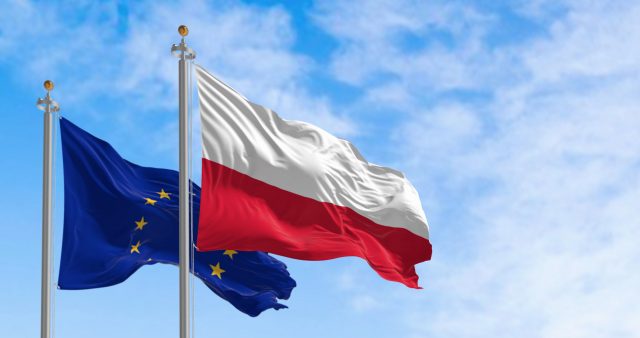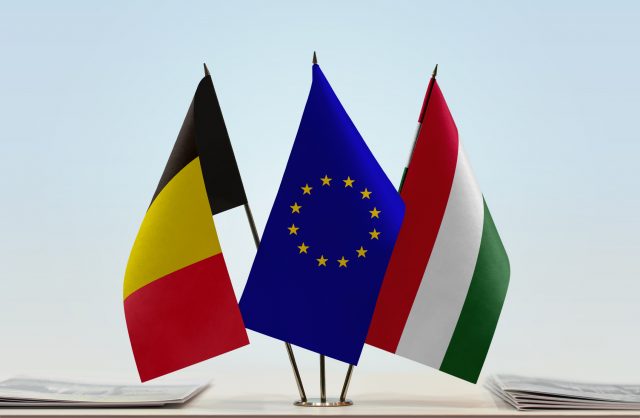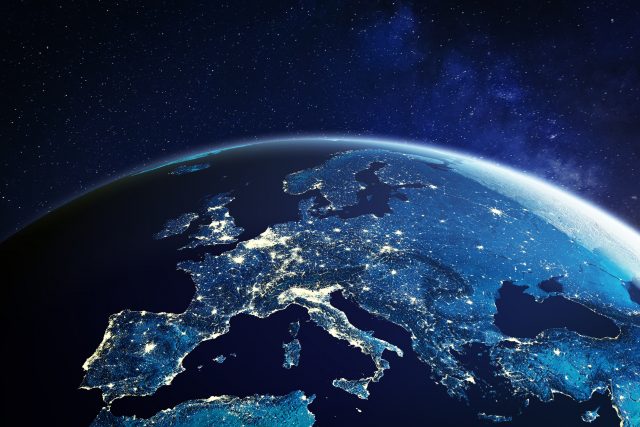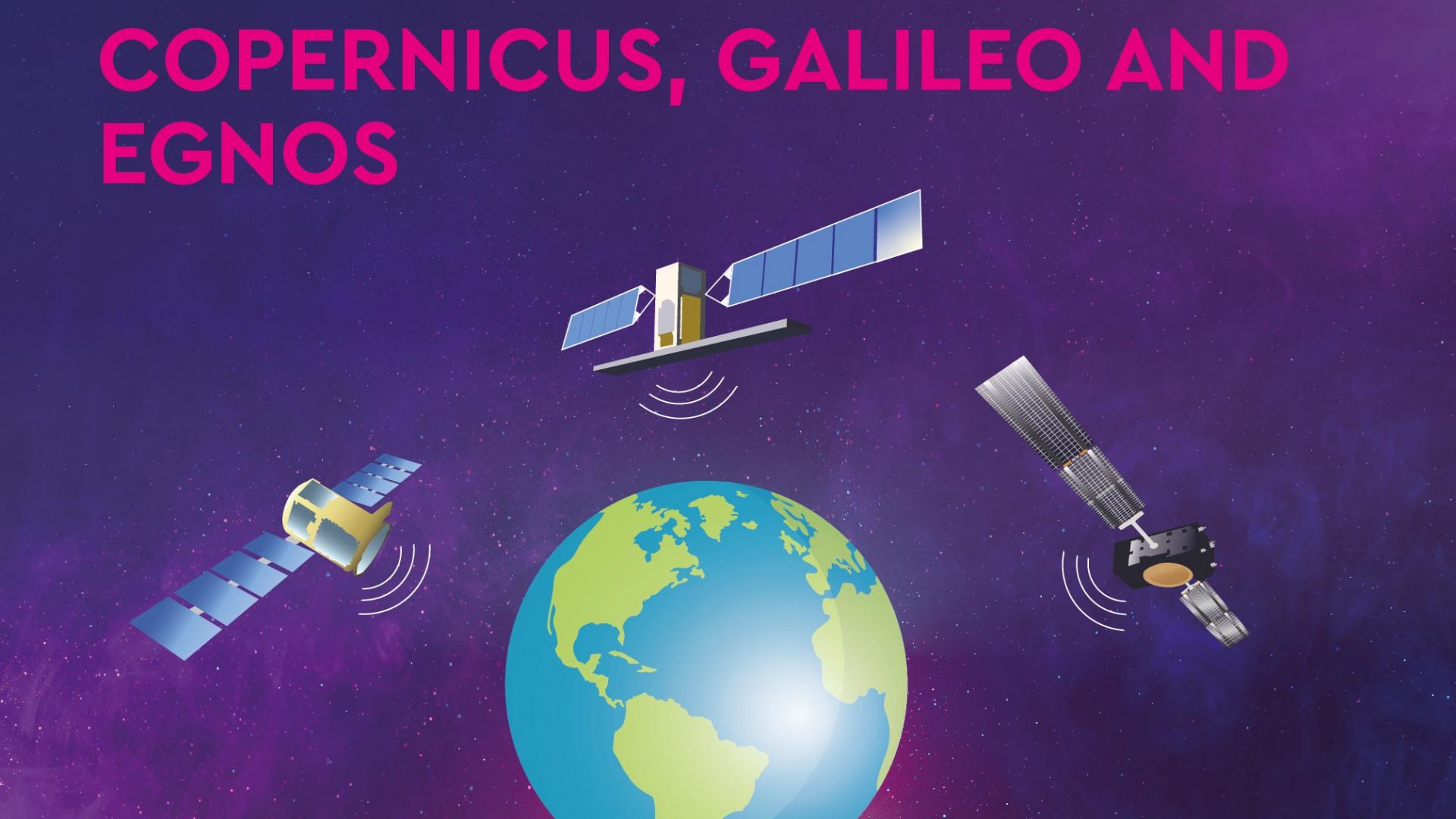
space & aviation
What’s next for Copernicus, Galileo and EGNOS? logos takes a look at their forthcoming upgrades
To guarantee the delivery of high-quality and innovative services, the infrastructure underpinning the European Space flagship components Copernicus, Galileo and EGNOS is subject to continuous upgrades. Whether it comes to replacing ageing satellites or providing new sensors to the Sentinel missions in orbit, ESA engineers and European programme managers have clear plans in mind (and on paper) regarding the three pillars of the European Space Programme. Many such plans are already being implemented and allowing the delivery of new types of data.
Copernicus 2.0 and the Sentinel Expansion Missions
Sentinel-6a Michael Freilich was successfully launched in 2020, and the mission began delivering vital new data on sea-surface height and sea-level rise in 2021. The Sentinel Missions will reach a new milestone this year with the launch of the Sentinel-4 and Sentinel-5 payloads for atmospheric monitoring. New generations of Sentinel-1, Sentinel-2 and Sentinel-3 constellations will also replace the currently active satellites as their operational lifetime will come to an end over the following years.
The European Union, in cooperation with the European Space Agency, is also exploring six new high-priority missions that will join the current Sentinel Missions and inaugurate the second generation of Copernicus satellites (Copernicus 2.0).
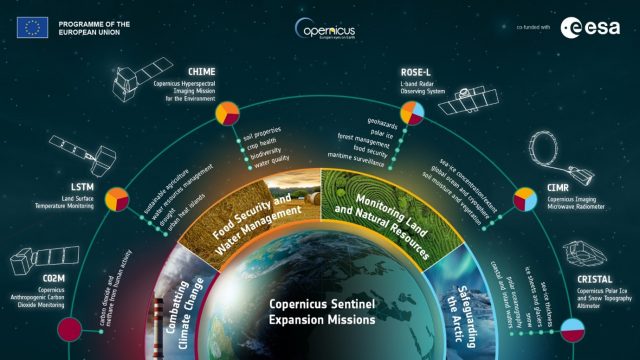
The new generation of Sentinel Missions and the Sentinel Expansion Missions will provide a wealth of new data to monitor the Earth’s climate from the Arctic to the atmosphere, expanding the capabilities of the Copernicus programme, supporting decision makers and researchers, as well as creating new opportunities for innovation and entrepreneurship.
The new generation of Sentinel Missions and the Sentinel Expansion Missions will provide a wealth of new data to monitor the Earth’s climate from the Arctic to the atmosphere.
Galileo’s Second Generation (G2) Satellites
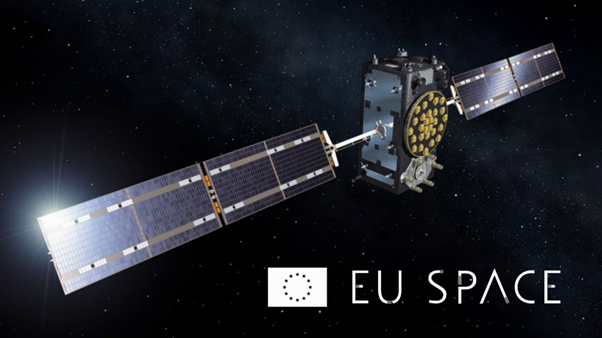
The Galileo Programme is set to benefit from the Second Generation (G2) of Galileo satellites in the coming years. Galileo G2 will consist of heavier satellites featuring state-of-the-art onboard technologies:
- G2 satellites will be powered by electric propulsion – a first for the Galileo Programme. Once the satellites reach the launch orbit, the electric power will enable them to move to their operational orbit independently. This feature allows loading two G2 satellites on the launcher simultaneously despite the increased weight, saving economic resources and reducing the environmental impact.
- Inter-satellite links will make the G2 satellites less dependent on the ground stations and allow periodic in-orbit performance checks.
- A new enhanced navigation antenna will provide stronger and more reliable signals to navigation devices such as smartphones and vehicles’ navigation systems.
- Anti-spoofing and anti-jamming mechanisms will make Galileo’s infrastructure more secure and resilient to potential attempts to disrupt the system.
This second generation of Galileo satellites will support Europe’s digital transformation. For example, it will assist in adopting autonomous cars or the Internet of Things (IoT), as well as implementing emerging trends such as integrating drones into the traditional airspace.
EGNOS

With EGNOS V3, the European Union aims to make Europe’s own Satellite Based Augmentation System (SBAS) the first operating system to acquire the dual-frequency and multi-constellation world standard *.
EGNOS V3 will augment the existing Safety of Life (SoL) service and feature new security upgrades to shield the system from cyber-security risks. New developments are also planned regarding the territorial availability of EGNOS, expanding beyond the EU27 to include the Eastern Partnership countries (Armenia, Azerbaijan, Belarus, Georgia, Moldova, and Ukraine).
The system’s evolution will improve EGNOS’ capacity to enhance Galileo signals, boosting positioning services in terms of accuracy and availability to the users. These evolutions will support a wealth of actors, from emergency response authorities to the transport and agricultural sectors.
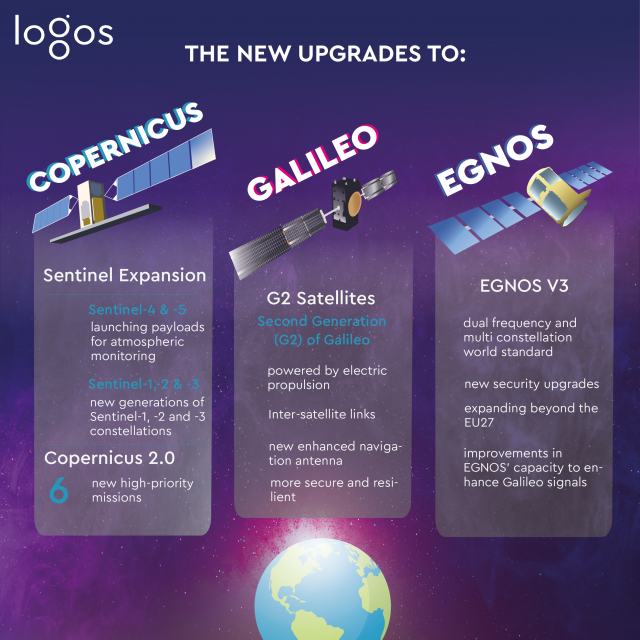
These evolutions will support plenty of actors, from emergency response authorities to the transport and agricultural sectors.
A crucial decade for the EU Space Programme
Space may be well known as the final frontier, but in the next decade, we can expect space to play an increasingly important role in our daily lives. With a renewed commitment to the existing flagship programmes, the launch of the new Secure Connectivity Programme, and a dedicated €1 billion fund for space-related entrepreneurs and SMEs, the European Union has clearly shown its ambition to position itself as a leading space actor.
Such involvement comes also at the cost of an increase in the number of satellites orbiting our planet. This is why the EU is devoting attention to Space Traffic Management (STM) in order to make access to space sustainable and safe; through the adoption of new rules and standards, the Union aims to promote a shared global approach to the challenge of space congestion.
From climate monitoring to the internet of things, we will be relying on space data and secure connectivity to power the solutions of tomorrow.
In the next decade, we can expect space to play an increasingly important role in our daily lives.
* Dual Frequency Multi-constellation SBAS will become a key enabler in aviation and provide improved availability, continuity, and accuracy by correcting two frequencies from more than one constellation. The EGNOS Programme’s contributions to the definition of this new standard has been enabled through joint efforts of the European Commission, GSA (now EUSPA), ESA and European industry


